How Did The Maori People Eat During The Tattoo Process
How Did The Maori People Eat During The Tattoo Process - Web ta moko is not just a form of body art; This association with fire shows that the process was conducted within a. Web māori brought this method of tattooing with them from eastern polynesia. The moko is not just a form of body art, but a way of expressing one's identity, history, and spirituality. Web in addition to making a warrior attractive to women, the tattoo practice marked both rites of passage and important events in a person's life. It was a huge honour for people to have ta moko. The world of māori tattoo. Rooted in the traditions of the indigenous maori people of new zealand, these intricate facial tattoos tell stories of lineage, status, and cultural. It also served as a reminder to people about their responsibility in life. The process was not just a physical one but also a spiritual one. But maori quickly embraced the tools, technologies and substances introduced by europeans, including metal, which were quickly modified for use in ta moko, allowing more detailed designs and less pronounced incisions. It is a powerful means of cultural expression and identity. A variety of theories regarding its origin and purpose have been advanced. In the traditional māori world, the moko,. Web the art of maori tattooing, or moko, is a sacred tradition that has been passed down through generations. As the art and practice of tāmoko (also known as tā moko) developed in isolation in aotearoa new zealand, māori pioneered the use of smaller, narrower uhi without teeth that cut grooves through the skin. Moko is a form of tattooing. The process is painful and can take several days to complete. A variety of theories regarding its origin and purpose have been advanced. In the traditional māori world, the moko, or facial and body tattoo, was part of everyday life. There were certain prohibitions during the tattooing process, and for the facial tattoo in particular sexual intimacy and the eating. It was applied to the face and buttocks of men, and to the chin, lips and shoulders of women. It also served as a reminder to people about their responsibility in life. Web this process was followed by the application of small, toothed uhi combs that applied the pigment. Web traditionally, ta moko was done using chisels made from bone. Early forms of moko evolved during the period of mourning for deceased relatives, where women would haehae (lacerate) themselves using obsidian or shells and place soot in the wounds. These chisels, known as uhi, were used to carve the designs into the skin, leaving behind a permanent mark. It is steeped in symbolism and rituals that hold great significance for. Each line, curve, and pattern tells a story and holds a specific meaning. As the art and practice of tāmoko (also known as tā moko) developed in isolation in aotearoa new zealand, māori pioneered the use of smaller, narrower uhi without teeth that cut grooves through the skin. Moko is a form of tattooing that is done by carving the. The buttocks were tattooed in a design pattern called rape, which consisted of two sets of concentric spirals that come together in the centre. Women were usually less complex but elegant, and both sexes had extensive. Web during the tattoo process, the maori people would eat a diet consisting mainly of plain foods such as boiled potatoes, kumara (sweet potato),. But maori quickly embraced the tools, technologies and substances introduced by europeans, including metal, which were quickly modified for use in ta moko, allowing more detailed designs and less pronounced incisions. Web although ‘moko’ is the most common term for all forms of māori tattooing, specific terms describe moko applied to different parts of the body. It also served as. Web the intricate designs and patterns of moko are deeply rooted in the polynesian culture and have a significant cultural significance. But maori quickly embraced the tools, technologies and substances introduced by europeans, including metal, which were quickly modified for use in ta moko, allowing more detailed designs and less pronounced incisions. Pigments were often considered a family heirloom and. Web the process of tā moko was highly skilled, and tohunga tā moko (tattoo experts) were greatly respected. Early forms of moko evolved during the period of mourning for deceased relatives, where women would haehae (lacerate) themselves using obsidian or shells and place soot in the wounds. Web in addition to making a warrior attractive to women, the tattoo practice. Each line, curve, and pattern tells a story and holds a specific meaning. Web tā moko — traditional māori tattoos. Web the process of tā moko was highly skilled, and tohunga tā moko (tattoo experts) were greatly respected. Rooted in the traditions of the indigenous maori people of new zealand, these intricate facial tattoos tell stories of lineage, status, and cultural. The moko is not just a form of body art, but a way of expressing one's identity, history, and spirituality. Moko is a form of tattooing that is done by carving the skin with a chisel and ink. The practice was banned by the british government in the 19th century, and many maori people were discouraged from getting tattoos. It also served as a reminder to people about their responsibility in life. A variety of theories regarding its origin and purpose have been advanced. The world of māori tattoo. Web during ta moko, sexual intimacy and the eating of solid foods were forbidden. It was applied to the face and buttocks of men, and to the chin, lips and shoulders of women. The process is painful and can take several days to complete. They were paid with treasures such as weapons, cloaks and greenstone. Women were usually less complex but elegant, and both sexes had extensive. Web the art of maori tattooing, or moko, is a sacred tradition that has been passed down through generations.
When New Zealand was colonized in the 1800s, the ancient Māori practice

Maori Tattoos Meanings and History with Designs & Symbols

Conheça o povo Maori Sua Origem e Lendas
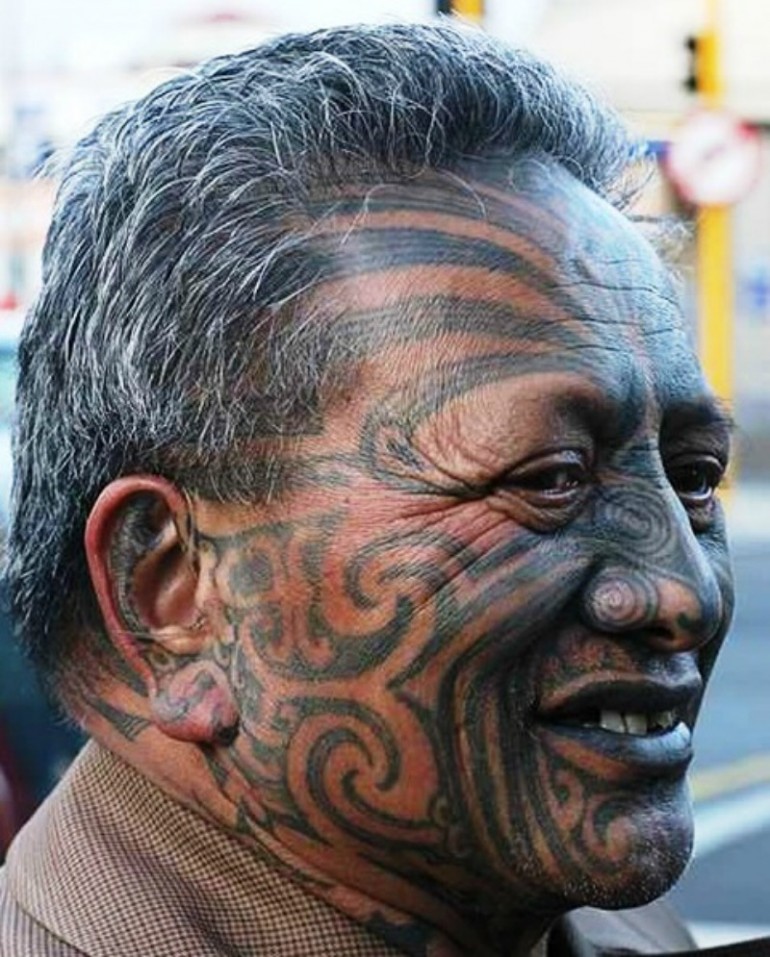
Tā moko, the Traditional Māori Tattoo Art
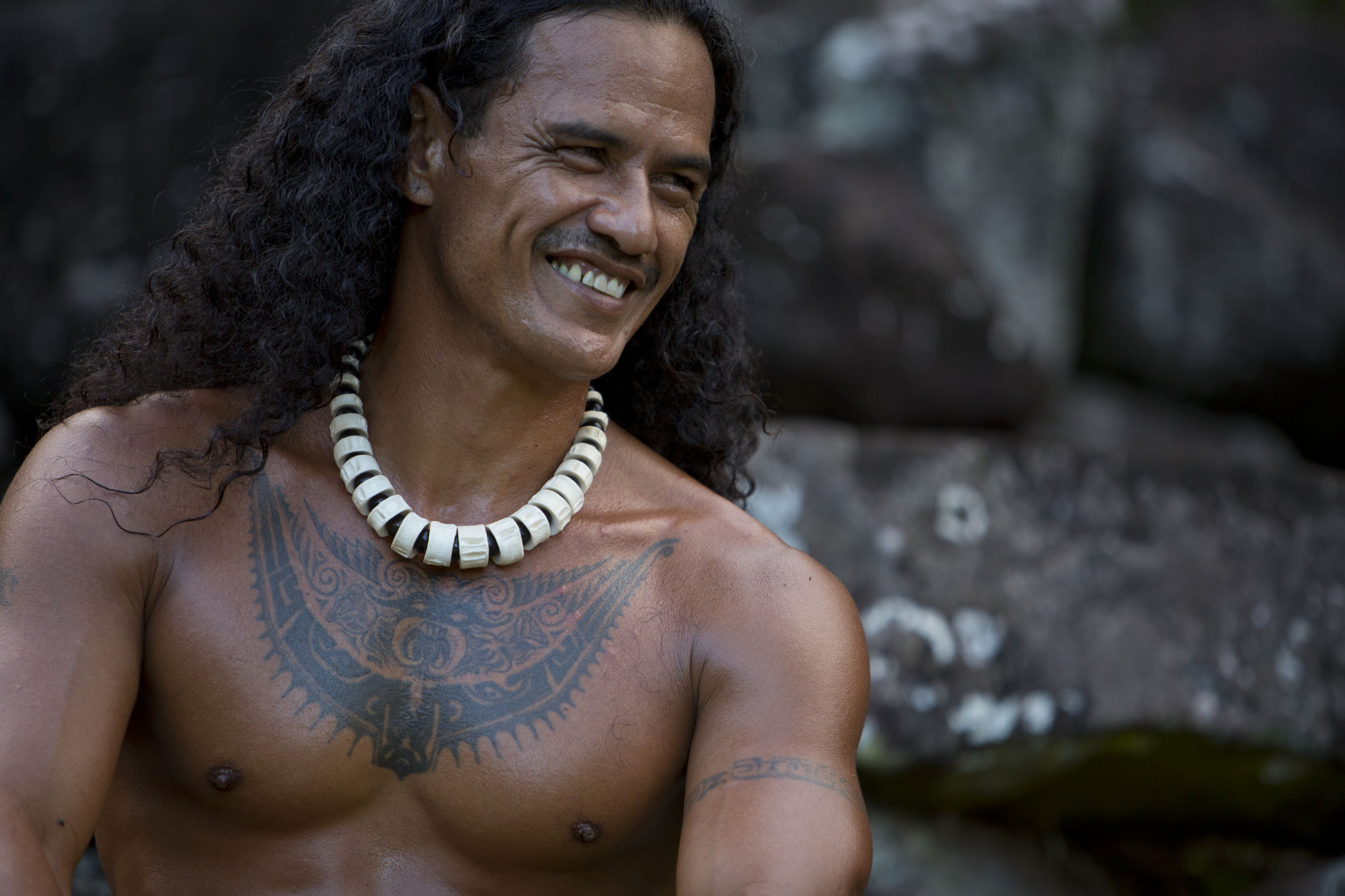
Maori Tattoo The Art of Polynesian Tattooing Aranui
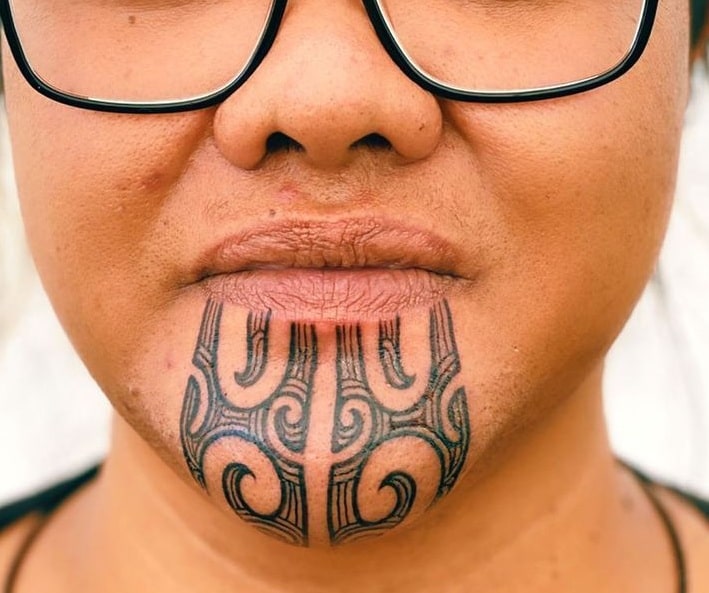
Everything You Need to Know about Maori Tattoos

Artist Explores the Near Extinction of Māori Face And Body Tattoos in

Maori Tattoo Designs Think Before You Ink TatRing
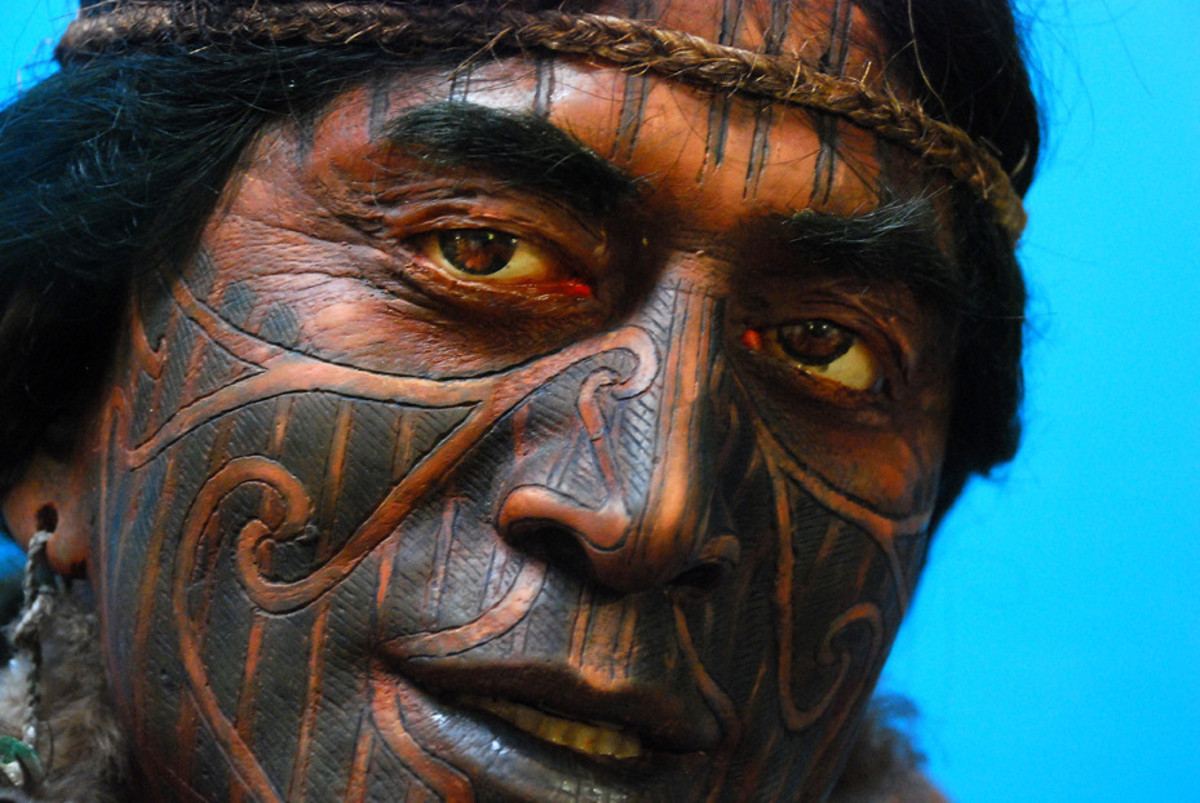
South Pacific The Maori People of New Zealand Owlcation
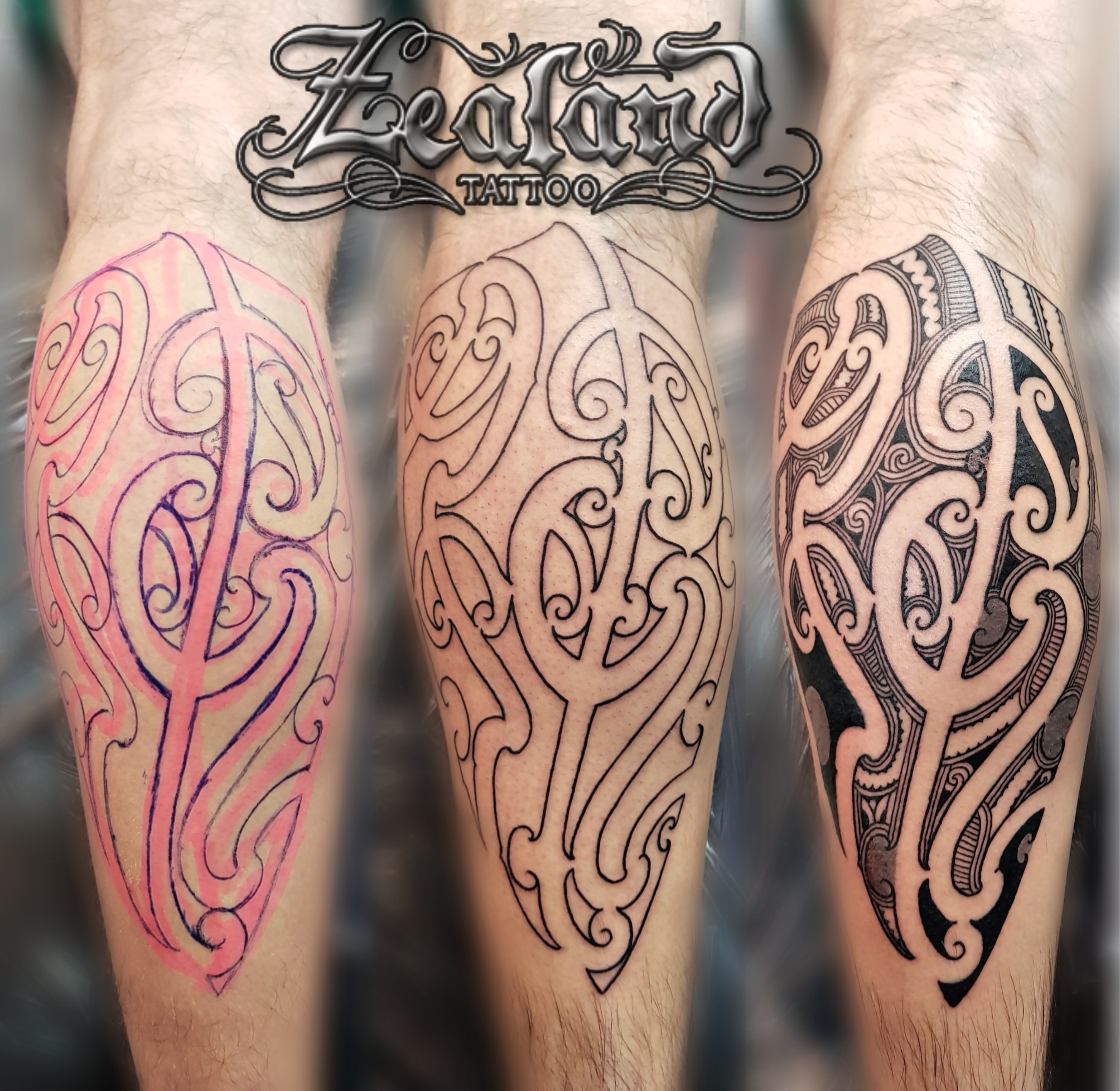
Maori Tattoo The Definitive Guide to Ta Moko Zealand Tattoo
Maori Also Tattooed Various Parts Of The Body, Especially The Buttocks And Thighs.
Web Māori Brought This Method Of Tattooing With Them From Eastern Polynesia.
In This Article, We Will Explore The History And Origins Of Ta Moko In Maori Culture, Shedding Light On The Rich Traditions.
Web The Symbolism Behind Ta Moko Tattoos Is Deeply Rooted In Maori Culture.
Related Post: